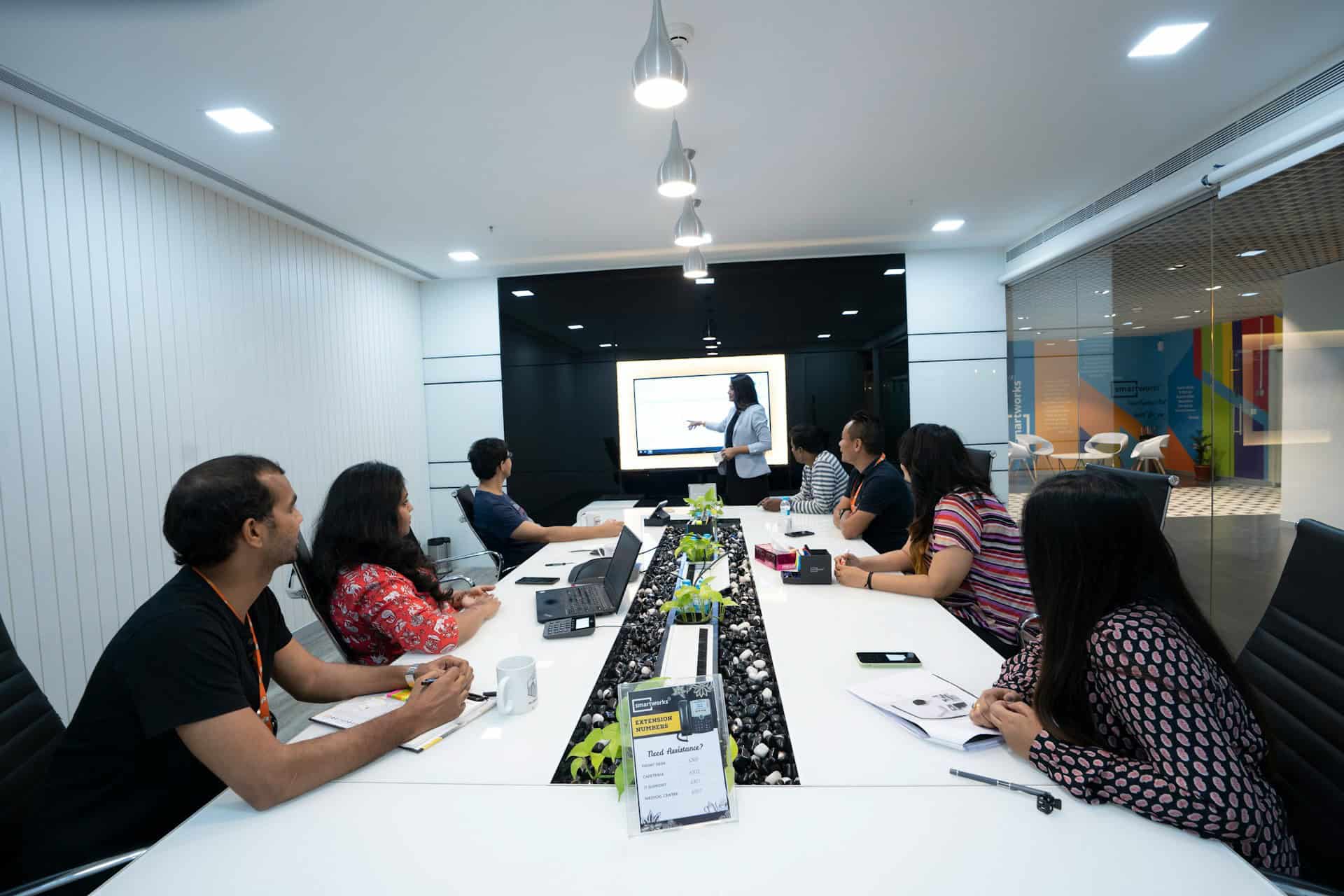From Feedback to Future: The Gen AI Blueprint for Associations

In the rapidly evolving landscape of associations, leveraging Generative AI (Gen AI) learning programs can provide immense value when these initiatives are dynamic and continuously adapting to meet the shifting needs of staff, volunteers, and members. Central to this adaptability: the systematic incorporation of data and feedback, ensuring the relevance and effectiveness of learning programs that model and set standards for their industries.
The Imperative of Continuous Improvement for the Gen AI Blueprint
Static training programs risk irrelevance as member needs shift, volunteer leaders transition, and technologies evolve. For associations, this is particularly critical given the role they play in setting industry benchmarks. Continuous improvement ensures that learning programs not only remain aligned with organizational goals but also resonate with diverse stakeholders, including chapter leaders, staff, and sectional groups.
At the heart of continuous improvement are two critical components: participant feedback and data-driven insights.
Qualitative feedback provides invaluable perspectives on a program’s effectiveness. Volunteers and staff members can highlight areas where the program excels or falls short in serving their unique operational needs. For instance, volunteer leaders in a chapter-based structure may find a Gen AI training module overly generic for addressing localized challenges. It’s more effective to incorporate case studies tailored to regional or sectional contexts, thereby making the content more actionable and relevant.
Quantitative data complements feedback by offering measurable indicators of program performance. Metrics such as engagement rates, completion percentages, and post-training application rates can identify trends and inform targeted improvements. For example, if an association discovers that webinars featuring interactive elements like simulations result in higher engagement, they can expand the use of these techniques across their chapters and sections.
Client Case Study: Applying Gen AI in an Association Context
A national association with over 10,000 members and a robust chapter network faced challenges in deploying an effective Gen AI training program. While the initiative aimed to empower volunteer leaders and staff with AI tools to enhance member services, feedback revealed several gaps. Volunteers noted that the training lacked practical relevance to their roles, while staff indicated difficulty in applying theoretical concepts to operational tasks.
To address these issues, the association engaged me as a consultant. The first step was collecting structured feedback from both staff and chapter leaders via surveys and focus groups. The findings highlighted the need for customization, as many participants felt the training was not sufficiently targeted. Using these insights, we redesigned the curriculum to include examples relevant to chapter management, such as using Gen AI to streamline membership recruitment campaigns or analyze local member engagement trends.
Next, we analyzed engagement data from the existing training modules. It became evident that interactive components, such as live demonstrations of Gen AI-powered tools, were far more effective than lecture-style content. Consequently, the revised program integrated hands-on workshops where participants could practice using AI for real-world scenarios, like drafting newsletters or automating routine administrative tasks.
Finally, we aligned the program with the association’s strategic priorities. Since the association sought to enhance member retention, the training emphasized using Gen AI to personalize member communications and improve the value of local chapter events. Regular updates to the curriculum ensured ongoing alignment with evolving goals and technological advancements.
The results were significant. Chapter leaders reported a 47% increase in their confidence to use AI tools, while staff engagement with the training surged by 62%. Most importantly, the association experienced a 27% uptick in member satisfaction scores within a year, attributed in part to improved operational efficiencies and enhanced member interactions.
Creating a Culture of Continuous Learning
Beyond refining specific programs, continuous improvement fosters a culture of learning and innovation within associations. When staff and volunteers see that their feedback leads to meaningful changes, they are more likely to stay engaged and invest in their development. This cultural shift not only benefits training initiatives but also strengthens the association’s ability to adapt and lead its industry.
One example is an association representing healthcare professionals that I consulted for. By embedding feedback mechanisms into their training programs for both staff and volunteer leaders, they were able to continuously refine their Gen AI initiatives. Over time, this iterative process inspired a culture where innovation became central to their operations, leading to new member benefits and higher retention rates.
Practical Steps for Associations
For associations seeking to adopt a continuous improvement model for their Gen AI learning programs, the following steps are essential:
- Establish Feedback Mechanisms: Collect input from staff, chapter leaders, and sectional groups using structured tools like post-training surveys and regular focus groups.
- Analyze Performance Data: Evaluate quantitative metrics, such as engagement rates and skill application levels, to identify trends and areas needing improvement.
- Iterate and Adapt: Implement iterative changes based on insights from feedback and data, ensuring relevance for both staff and volunteers.
- Engage Stakeholders: Include diverse voices from chapters, sections, and staff in the development process to align training with organizational priorities while managing risks.
- Communicate Changes: Clearly communicate how feedback has shaped updates, reinforcing the value of stakeholder input.
Conclusion
In an era of rapid technological change, associations cannot afford static learning programs. Continuous improvement—driven by feedback and data—ensures that Gen AI initiatives remain relevant, effective, and impactful. The case study demonstrates how associations can enhance operational efficiency, empower their leaders, and better serve their members by embracing this approach. Ultimately, this commitment to continuous learning not only prepares associations for future challenges but also solidifies their role as industry leaders.
Key Take-Away
A dynamic Gen AI blueprint is key for associations to stay relevant. By integrating continuous feedback and data-driven insights, associations can enhance training programs, drive innovation, and boost member satisfaction, ensuring long-term… Share on XImage credit: Smartworks Coworking/unsplash
Dr. Gleb Tsipursky was named “Office Whisperer” by The New York Times for helping leaders overcome frustrations with hybrid work and Generative AI. He serves as the CEO of the future-of-work consultancy Disaster Avoidance Experts. Dr. Gleb wrote seven best-selling books, and his two most recent ones are Returning to the Office and Leading Hybrid and Remote Teams and ChatGPT for Thought Leaders and Content Creators: Unlocking the Potential of Generative AI for Innovative and Effective Content Creation. His cutting-edge thought leadership was featured in over 650 articles and 550 interviews in Harvard Business Review, Inc. Magazine, USA Today, CBS News, Fox News, Time, Business Insider, Fortune, The New York Times, and elsewhere. His writing was translated into Chinese, Spanish, Russian, Polish, Korean, French, Vietnamese, German, and other languages. His expertise comes from over 20 years of consulting, coaching, and speaking and training for Fortune 500 companies from Aflac to Xerox. It also comes from over 15 years in academia as a behavioral scientist, with 8 years as a lecturer at UNC-Chapel Hill and 7 years as a professor at Ohio State. A proud Ukrainian American, Dr. Gleb lives in Columbus, Ohio.

